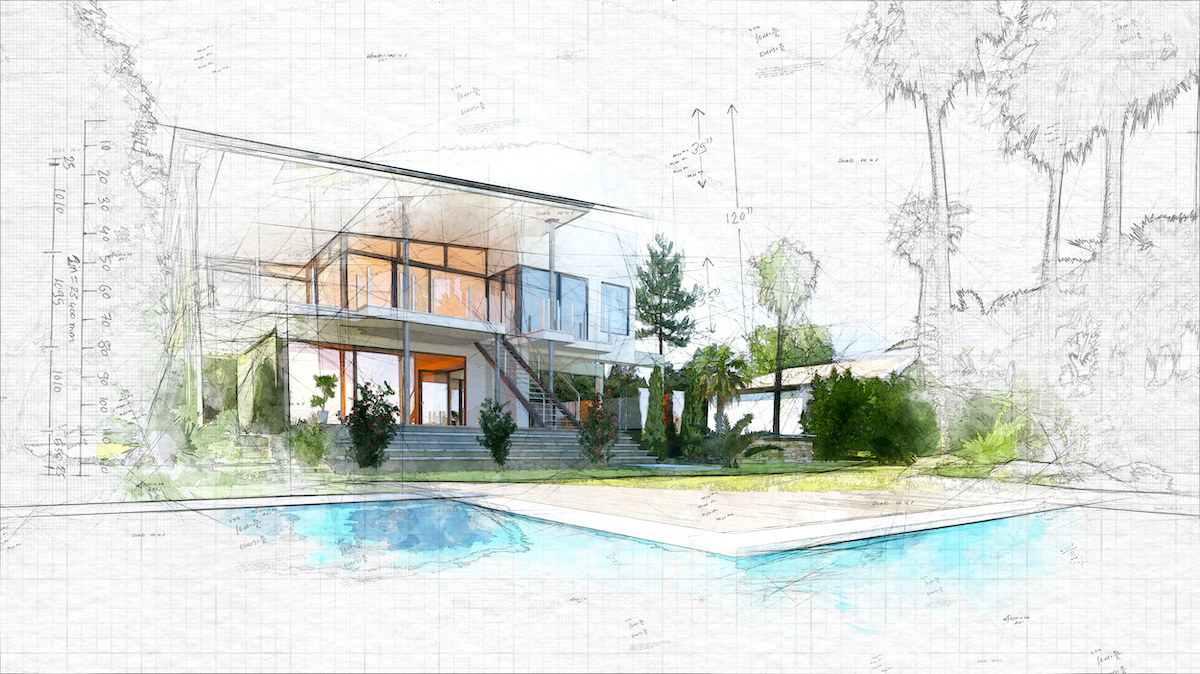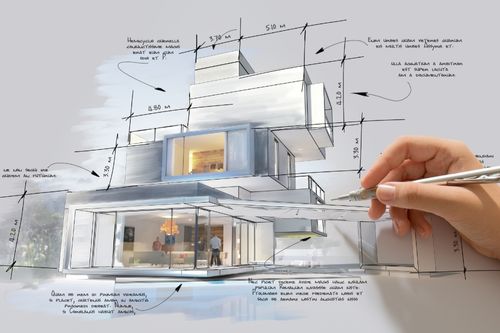Exactly How CDA Architects Include Eco-Friendly Practices in Architectural Projects
Exactly How CDA Architects Include Eco-Friendly Practices in Architectural Projects
Blog Article
The Crucial Role of an Architect in Shaping Sustainable Urban Environments for Future Generations
The role of an engineer in crafting sustainable city atmospheres is significantly crucial in responding to the difficulties of climate change and urbanization. By flawlessly incorporating environmental concepts right into their layouts, architects not just improve the visual and useful top quality of city spaces however also address pushing issues such as power performance and social equity. Their competence in cutting-edge products and area involvement forms growths that reverberate with neighborhood values and aspirations. As we discover the intricacies of this area even more, it comes to be noticeable that the future of metropolitan living may pivot on the very methods designers utilize today.
Recognizing Sustainable Urban Style
Sustainable city design integrates ecological principles with city planning to develop settings that are not just livable yet additionally resistant. This technique stresses the value of incorporating all-natural systems into the urban fabric, making certain that advancement meets the requirements of the existing without endangering the capability of future generations to fulfill their very own requirements. Crucial element of sustainable city design consist of efficient land use, the promotion of biodiversity, and the integration of eco-friendly spaces, every one of which add to enhanced lifestyle for homeowners.
Additionally, sustainable city style focuses on the reduction of the city warm island effect, boosted air top quality, and efficient stormwater monitoring. It motivates using renewable sources and energy-efficient structure techniques, which significantly reduced carbon footprints. Sustainable urban design promotes social equity by producing obtainable public spaces and advertising mixed-use growths that provide to diverse populations.
With thoughtful planning and cutting-edge layout techniques, sustainable metropolitan atmospheres can boost area resilience against climate change while promoting financial development. This alternative approach not only addresses instant urban challenges yet likewise lays the groundwork for much healthier, more lasting cities for generations ahead.
Trick Duties of Engineers
Architects play a crucial role fit sustainable urban atmospheres by converting style principles into substantial frameworks and rooms. Their obligations encompass a variety of tasks that add to the overall success of urban style tasks.
Primarily, engineers conduct thorough site analyses to comprehend the environmental, social, and social context of their jobs. This foundational understanding informs their design decisions, making certain that buildings harmonize with their environments. They additionally take part in collective procedures with stakeholders, including city planners, designers, and the community, cultivating an inclusive strategy to urban advancement.
In addition, engineers are tasked with creating styles that optimize power performance, resource preservation, and performance. They must comply with neighborhood zoning laws, building codes, and sustainability qualifications, guaranteeing compliance while pressing the borders of advancement.

Cutting-edge Materials and Techniques
In the search of environmentally accountable style, ingenious materials and techniques have become crucial elements in the creation of lasting urban atmospheres. Designers are increasingly utilizing products that lessen environmental influence while boosting energy performance. For instance, recycled products, such as reclaimed timber and repurposed metals, not just reduce waste yet also include one-of-a-kind visual high qualities to frameworks.
Furthermore, innovations in technology have caused the advancement of high-performance products, such as shielded concrete types (ICFs) and solar glass, which contribute to power preservation and harness sustainable power. Techniques such as passive solar design and eco-friendly roofing systems further exhibit how architecture can balance with all-natural systems, reducing reliance on artificial cooling and heating.
Additionally, the assimilation of wise materials, which adjust to environmental changes, provides encouraging avenues for improving building efficiency view - cda architects. These products can react to temperature level fluctuations or dampness degrees, enhancing convenience and sustainability
Eventually, the calculated selection and application of cutting-edge materials and strategies equip engineers to produce metropolitan rooms that are not just functional and visually pleasing but likewise durable and eco responsible, guaranteeing a sustainable future for generations to find.
Community Involvement and Partnership
The success of ingenious products and techniques in lasting metropolitan architecture is considerably improved by active community involvement and cooperation. click for more Architects should recognize that the constructed environment greatly influences the lives of neighborhood homeowners, making it vital to entail them in the layout procedure. Involving the community fosters a sense of ownership and accountability, making certain that growths not only meet aesthetic and practical requirements however additionally mirror the worths and goals of those that populate them.

Effective area interaction additionally aids in prioritizing social equity within metropolitan development. By thinking about the voices of marginalized populations, designers can create rooms that are inclusive and fair. In this method, community involvement and collaboration end up being essential to attaining truly sustainable city environments that serve the requirements of present and future generations.
Future Fads in Sustainable Architecture

Additionally, innovations in innovation are forming future trends in lasting design. The integration more helpful hints of smart products and building systems enables real-time energy administration, improving effectiveness and decreasing carbon footprints. Innovations such as green roof coverings, living wall surfaces, and energy-generating exteriors are ending up being typical methods, better promoting environmental equilibrium within city environments.
Furthermore, a change in the direction of biophilic design is getting grip, emphasizing the link between nature and human wellness. By including natural environments, architects develop rooms that foster psychological health and wellness while advertising biodiversity.
Final Thought
In conclusion, designers are crucial in progressing lasting urban atmospheres through their experience in design, cutting-edge materials, and neighborhood interaction. By focusing on energy effectiveness and resource conservation, these experts contribute to the creation of resistant city areas that fulfill the requirements of present and future generations - cda architects. The combination of eco-friendly concepts not only enhances livability but also cultivates social equity, ensuring developments reverberate with the worths and ambitions of the neighborhoods they serve
Report this page